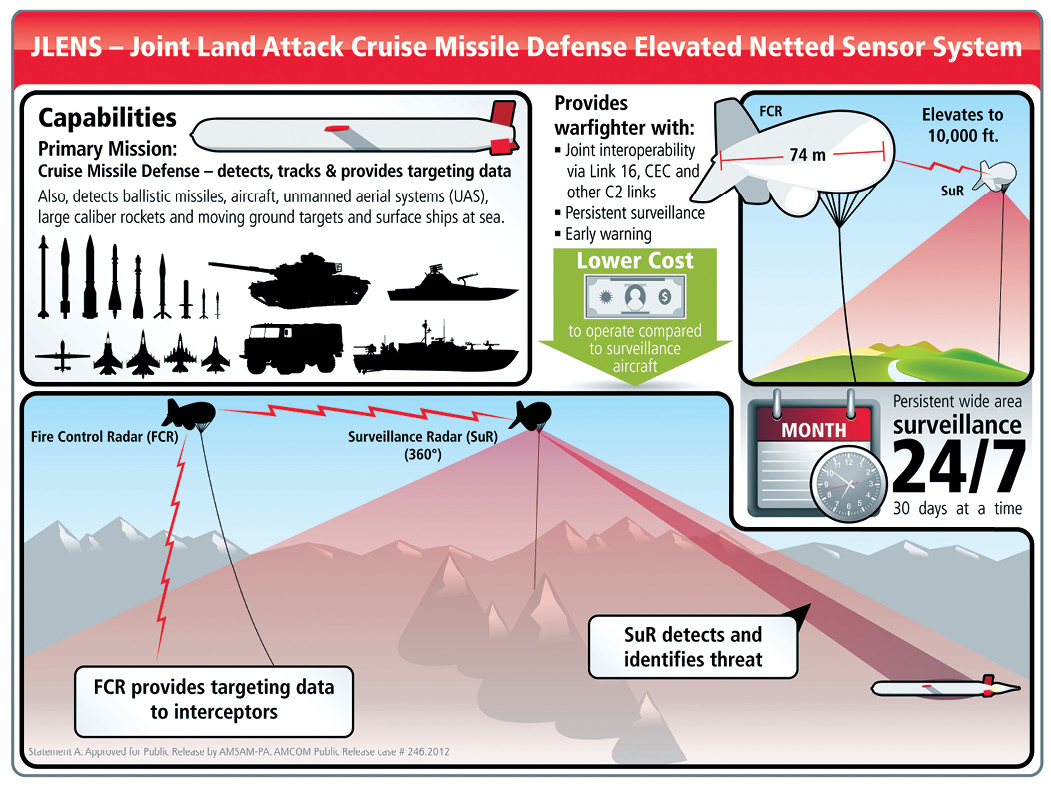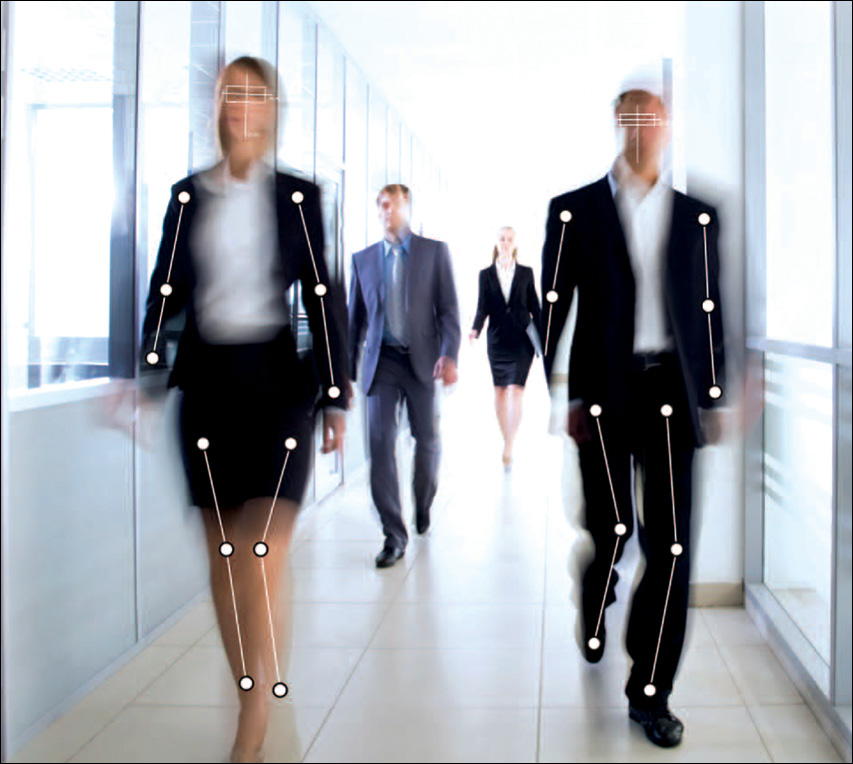Historically, it has been a challenge to visualise fingerprints on thermal paper, as the solvent used in the chemical process turns the whole paper black. A technology called Hot Print System (HPS) developed some years ago helped read fingerprints on thermal paper by applying heat to the paper; however this too turned out to be problematic as the quality of thermal paper varied from country to country.
This new technology, on the other hand, uses a specifically-tailored UV light to illuminate the thermal paper and create faint images of fingerprints. This enables quick, non-invasive and speculative examination of fingerprints. The fine images produced by the UV light can then be enhanced and converted to digital form using the earlier HPS system.
Knowing you intrinsically
People you are close to do not need an ID to recognise you! They know you by who you are, what you do, and why you do things. Considering that the mobile phone has now become many a man’s closest confidante, have you ever wished your phone too could recognise you instinctively, without needing a password? Perhaps they could, in the future, thanks to a new security system developed by researchers at the Georgia Institute of Technology.
The new system continuously monitors how a user taps and swipes a mobile device, and tries to understand the patterns in these movements. If a stranger uses the device, the system recognises that the movements do not match the owner’s normal tendencies, and can be programmed to take further action such as locking the device or alerting somebody.

Called LatentGesture, the system was tested at the lab using 20 users. As the users do various tasks like tap buttons, swipe sliders or check boxes, LatentGesture develops a profile of each person, what they call a person’s ‘touch signature.’ For every device, the system can store five touch signatures–the owner’s and four authorised users’. Whenever somebody uses the mobile device, it automatically identifies whether it is the owner or one of the other authorised users, and allows all operations they are authorised to do. If a stranger uses the system, an alert is issued or the device is locked. The system, tested on Android devices, was nearly 98 percent accurate on a smartphone and 97 percent correct on tablets.
Funny looking blimps, serious about security
Early this year, the US Government announced that it would be deploying two giant security blimps over Maryland around October. The blimps would carry out 24/7 domestic aerial surveillance and help enhance security manifold.
Developed by security major Raytheon, the Joint Land Attack Cruise Missile Defense Elevated Netted Sensor System (JLENS) comprises two 243-foot long aerostats flying 10,000 feet above the ground. One of them has 360-degree surveillance capabilities that enable it to see as far away as 547 km in any direction, while the other has a powerful integrated fire-control radar system. The two aerostats are connected to mobile mooring stations on the ground using tethers that have high-speed fibre-optic cables for sending data as well as transmitting power. The aerostats can also communicate via radio links.
Of course, this announcement has triggered a lot of uproar about privacy concerns, but the government is confident that the two aerostats would work hand in hand to effectively spot and ward off threats.
Human-like, real-time facial recognition
A tool that excels in facial recognition and biometric identification is perhaps what we need to replace the security guard, but how efficient are today’s facial recognition tools. It is said that Facebook’s facial recognition has near human efficiency, but that is for static images. For real security systems, we need real-time facial recognition. Many companies and research firms are working on such technologies today, and one such example is FST Biometrics (erstwhile FST21), founded by Major General Aharon Zeevi Farkash, the former head of the Israeli Military Intelligence Directorate.

One of their base technologies for In Motion Identification (IMID) is SafeRise, which uses a combination of real-time facial recognition and biometric technology. When somebody walks up to a secured area, the system is capable of immediately recognising whether she is an authorised person or an intruder, without even requiring the person to stop near a camera or provide fingerprints, iris prints, or any authentication.










